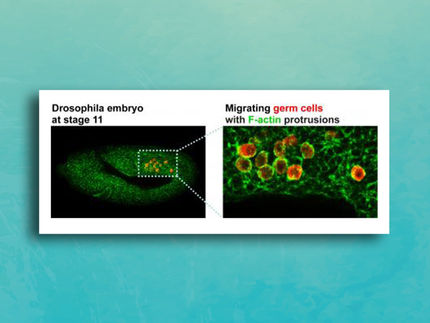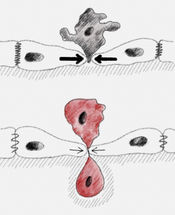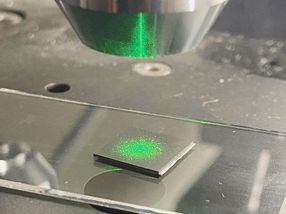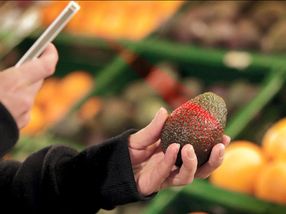A Diet for the Cell: Keeping the DNA Fit with Fewer Calories
cells are generally able to repair spontaneous damage that arises in their genetic material. Unfortunately, the DNA repair process is not perfect and sometimes, damaged DNA gets passed on to newly made cells. A team of researchers at the Center for Molecular Biology of Heidelberg University (ZMBH) has recently discovered that in yeast cells, the amount of nutrients that cells are exposed to can affect DNA surveillance and repair mechanisms and therefore the quality of their DNA. According to the research group leader, Dr. Brian Luke, this could potentially lead to new strategies to improve cancer therapies. Their findings have been published in the journal “Cell Reports”.
Cells harbour genetic material in the form of DNA, which contains all the information required for the cell to function. Every time a cell divides this information has to be precisely copied so that the newly made cell receives a perfect replica in order that it, too, can function properly. The inheritance of damaged DNA, however, must be inhibited. In order to recognise altered DNA and prevent it from getting passed on to daughter cells, cells have developed surveillance mechanisms, or checkpoints. Checkpoints stop cells from dividing; thereby allowing more time for the cell to repair damaged genetic material. In some cases, however, the DNA cannot be efficiently repaired even though the checkpoints have been activated. If DNA damage persists for a very long time the cells may eventually turn the checkpoints off without waiting for the DNA to get repaired. This process, referred to as adaptation, may initially seem advantageous to the cell because it can finally grow again. “However, for the whole organism, adaptation is often dangerous, as the unrepaired DNA may lead to diseases such as cancer,” points out Dr. Luke.
The molecular biologists Julia Klermund and Katharina Bender in the team of Brian Luke have found a way to prevent cells from turning off the checkpoint and therefore increase the time available for repair, while at the same time preventing damaged DNA from getting passed to newly made cells. The researchers discovered that the amount of nutrients in the cellular environment is a major factor influencing this process. When cells with DNA damage are exposed to low levels of nutrients, they do not adapt and instead remain fully arrested with an active checkpoint. The same effect was observed when cells with DNA damage were treated with the drug “rapamycin”, which inhibits metabolic signalling and therefore mimics nutrient starvation. “The cells that are in low nutrient conditions end up being much more viable, likely because they have waited for the damaged DNA to be repaired before starting to divide again,” explains Julia Klermund. “We believe that high nutrients are pushing cells to grow and proliferate even when the cells should not, e.g. with damaged DNA. Low nutrient conditions likely ensure that cells will only ‘risk’ dividing when the DNA has been completely repaired,” adds Dr. Luke.
According to the Heidelberg scientist, research from the U.S.A. has recently demonstrated that nutrient starvation or rapamycin treatment can extend cell lifespan and also improve the efficacy of some types of chemotherapy. Brian Luke believes the study at the ZMBH may add important mechanistic details regarding how these effects are achieved and provides clues for further enhancement.
Original publication
Most read news
Other news from the department science

Get the life science industry in your inbox
By submitting this form you agree that LUMITOS AG will send you the newsletter(s) selected above by email. Your data will not be passed on to third parties. Your data will be stored and processed in accordance with our data protection regulations. LUMITOS may contact you by email for the purpose of advertising or market and opinion surveys. You can revoke your consent at any time without giving reasons to LUMITOS AG, Ernst-Augustin-Str. 2, 12489 Berlin, Germany or by e-mail at revoke@lumitos.com with effect for the future. In addition, each email contains a link to unsubscribe from the corresponding newsletter.





















































